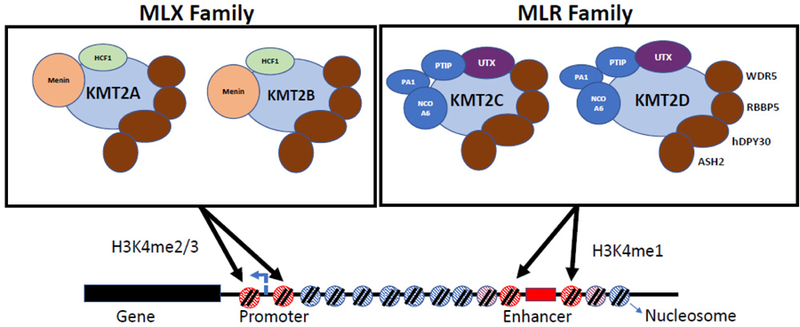Figure 1. Human COMPASS-like complexes and their histone targets.

Two COMPASS-like families of complexes exist in higher eukaryotes, we indicate as MLX (MLL-TRX) and MLR (MLL-TRR) with distinct, though potentially limited overlapping target specificity. The MLX and MLR family complexes all contain catalytic subunits that methylate nucleosomes on histone 3 lysine 4 (H3K4) to produce di/trimethylation (H3K4me2/3; MLX family) or monomethylation (H3K4me1; MLR family). These histone modifications are associated with gene promoters and enhancers, respectively, and are linked to the activation of gene transcription. The MLX and MLR complexes both contain a set of core components (WDR5, RBBP5, ASH2 and hDPY30), as well as unique subunits. The MLX complexes contain Menin and HCF1 subunits, while the MLR complexes contain the histone lysine demethylase UTX, PTIP, PA1 and NCOA6.
